If Google is showing you this page directly, click here to go to the start of the article.
Sound Quality
In terms of sound, the hip-dac 3 maintains its characteristics while showcasing improved resolution and background darkness compared to its predecessors. It offers a similar overall experience to the previous models. It’s slightly warmer than neutral, with a good sense of space and resolution. The sound separation is excellent, resulting in a very capable stereo imaging, as expected since the previous version already had these qualities.
The hip-dac 3’s detail and resolution are also excellent, even better than the previous version. It also has good transparency, especially in the midrange. Overall, the device doesn’t add too much colouration to the sound and allows the attached IEM or headphones to showcase its unique sound signature. The device’s ability to preserve instrument tonality and offer a balanced, neutral sound profile makes it an excellent choice for on-the-go audiophiles.
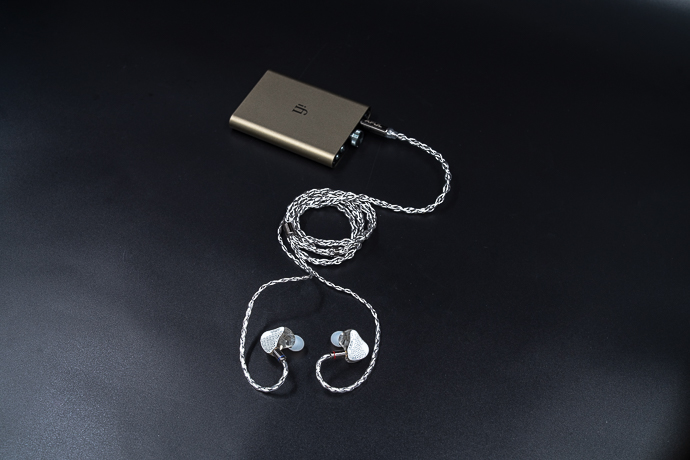
I enjoyed the sound performance, and I think it’s slightly better than what the hip-dac 2 has to offer. While the difference isn’t huge, it’s still significant for a detail-oriented audiophile. It sits right between ”analogue” and ”digital” characters, so there’s a good balance there.
Bass
The bass reproduction, while leaner, delivers decent resolution and adequate texture, with the xBass effect catering to enthusiasts favouring more pronounced lower frequencies. There’s enough bass body and warmth, especially in the mid-bass area. That secures a weighty presentation in the mid-range too, so I think it’s important to have that certain body in the lows.
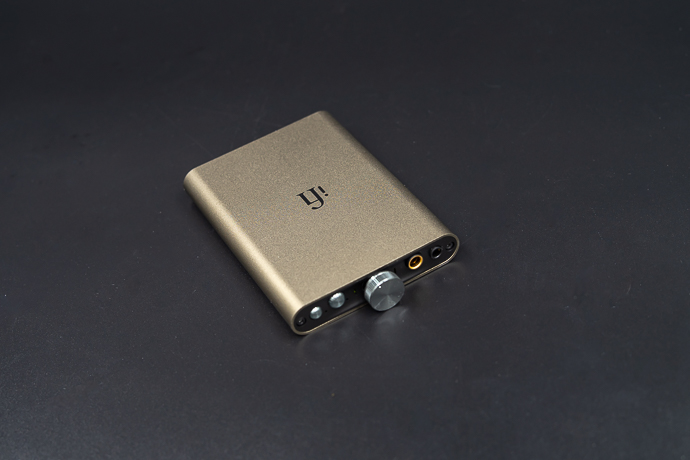
When the xBass feature is activated, the bass becomes much deeper and the lower frequencies are emphasized more. This effect may be enjoyable to listen to, particularly with popular and mainstream genres. However, the degree to which you enjoy it depends on the quality of your in-ear monitors or headphones. The kick drum becomes more prominent and the bass notes are more defined. The sub-bass notes are also more distinct and easier to follow. This feature is especially great for bass enthusiasts, and it works better with headphones than with in-ear monitors. However, I don’t like the effect as it feels unnatural to me. I believe the bass performance is good enough even with the xBass feature turned off.
Mids
The midrange performance of the hip-dac 3 is commendable, with good instrument definition and tonal accuracy. The transparency and detail are slightly enhanced in the hip-dac 3, with a dynamic and emphasized sound in this area. The instruments and vocals are well-defined with a slightly musical tone, although they may feel a bit too close to the listener, which takes away from the depth of the soundstage.
The hip-dac 3 offers better transparency and detail in this area with sharper separation, resulting in a small but audible difference in terms of overall imaging performance. The instrument timbre is ear-pleasing with a lifelike and breathy reproduction. The tonality is just a bit thinner than desired, but this is understandable given the device’s price of $199. Overall, the mid-range performance of the hip-dac 3 is good value for money.
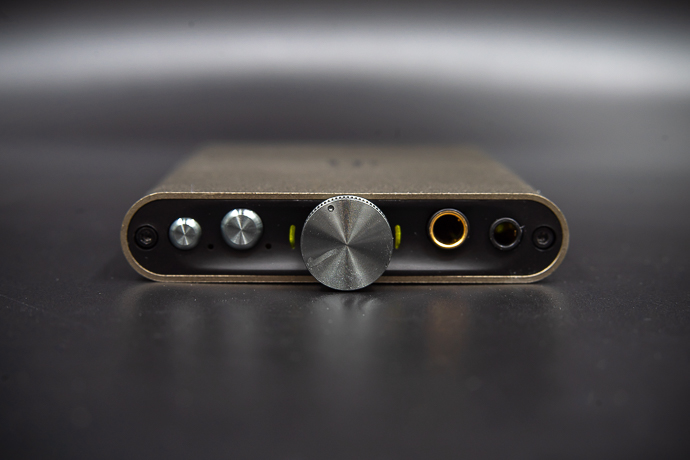
Treble
The treble performance of the hip-dac 3 demonstrates commendable articulation and extension, maintaining a natural and well-defined presentation. While the mid-range takes precedence over the highs, the latter still retains admirable energy and articulation. In comparison to its predecessor, the hip-dac 3 exhibits enhanced micro-detail capabilities and improved extension, adding depth and nuance to the listening experience. While not setting records, it outperforms expectations within its price range.
Despite a less pronounced presentation than the mid-range, the treble remains distinct with a satisfying attack. Its ability to navigate complex musical compositions without congestion is noteworthy. Offering rounded and subtly smooth tonality, it crafts a natural sound profile characterized by good definition and dynamism. It’s important to note that while it excels, it may not deliver razor-sharp precision.
Page 3: Technical Performance, Comparisons & Conclusion








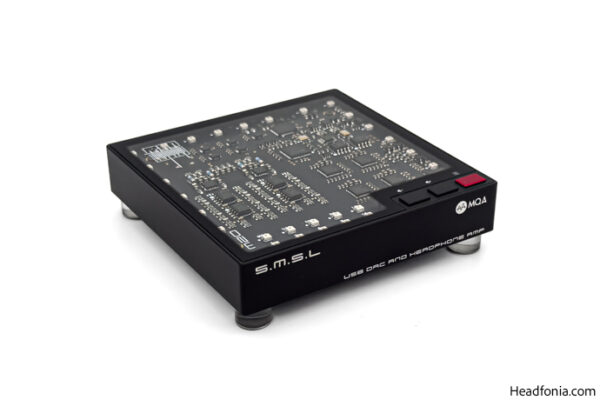
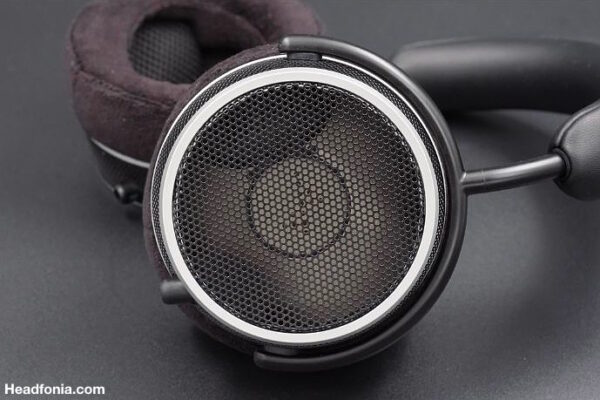
Laszlo
Good afternon, how does it compare to the mojo 2?